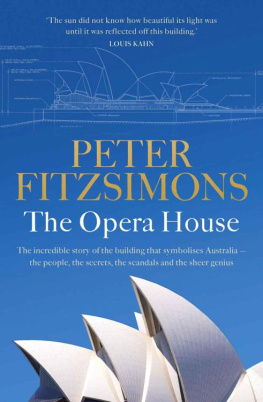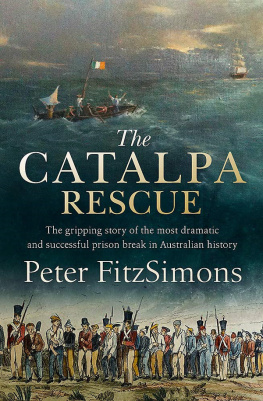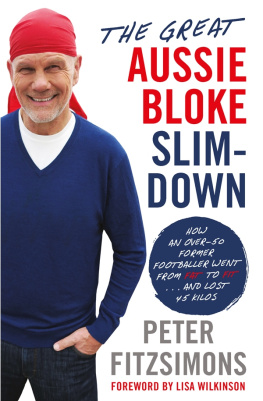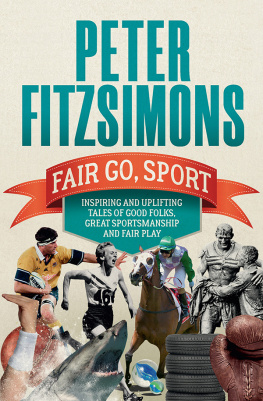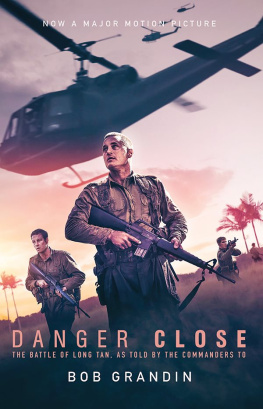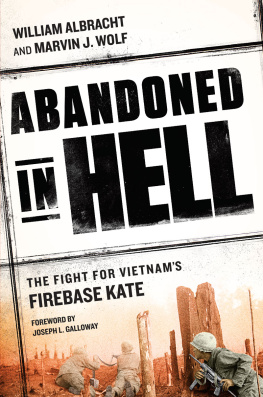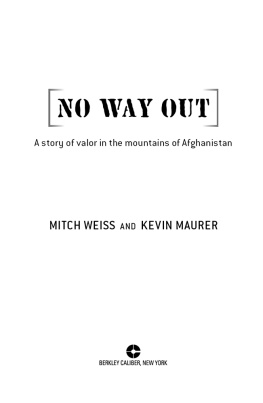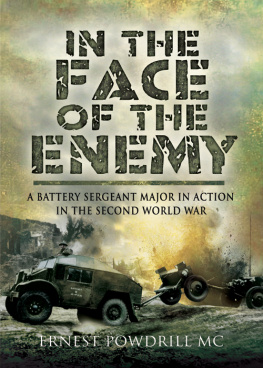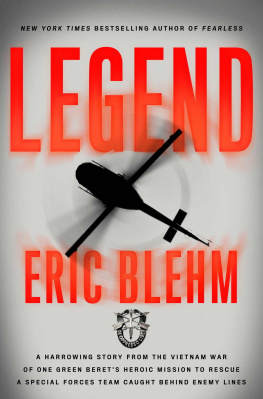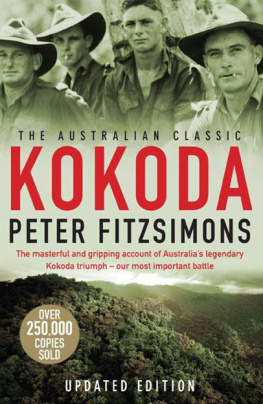
Kokoda
Burke and Wills
Monashs Masterpiece
Mutiny on the Bounty
The Catalpa Rescue
James Cook
Breaker Morant
The Incredible Life of Hubert Wilkins
The Opera House
To the men of 6RAR Delta Company, those who fell, and
those who made it home to Australia. Lest we forget.
CONTENTS
When the prison doors are opened, the real dragon will fly out. Ho Chi Minh You have a row of dominos set up; you knock over the first one, and what will happen to the last one is that it will go over very quickly. President Dwight D. Eisenhower, 1954 We are not about to send American boys nine or ten thousand miles away from home to do what Asian boys ought to be doing for themselves. President Lyndon B. Johnson, two weeks before the 1964 election that he would win in a landslide Humiliation for America could come in one of two ways either by outright defeat, which is unlikely, or by her becoming interminably bogged down in the awful morass of this war, as France was for ten years .Arthur Calwell, Leader of the Opposition, 1965
T his book has been a long time coming. Having written many books on other iconic Australian battles and campaigns Breaker Morant and the Boer War, Gallipoli, Fromelles & Pozires, Villers-Bretonneux, Kokoda and Tobruk among them a frequent question Ive been asked along the way is, When are you going to do Long Tan?
The short answer was, When I feel I can do it justice, and have lined up the right people to talk to and this is the result.
When first examining the contours of the battle and then diving into the first material that my researchers came back with, the best of all possible things happened: I was immediately hooked. Robert Graves once famously said, A remarkable thing about Shakespeare is that he is really very good in spite of all the people who say he is very good and I feel the same about the Battle of Long Tan.
As a story it has got everything on its own, but I also found putting the whole battle in historical context a fascinating exercise. Beyond just the battle itself, I wanted to understand why Australia was there in the first place, who took the key decisions, and what were the dynamics that caused the whole conflagration to take place. I was, allow me to say, flabbergasted with the answers.
That was what got us into Vietnam?
It was all built on just that ?
Who knew?
Not me. But it was enthralling to explore.
True, in this particular saga getting accurate accounts of what was going on with the enemy proved problematic even all these years on, the matter is sensitive with the Vietnamese but in many ways that was very much the Australian experience at the time. They knew Charlie was out there. But who he was, how many of his mates were there with him, how those mates were armed and when they were going to strike next was mostly a dark mystery. There were no interactions between both sides, like those I had found so moving in such battles as Gallipoli, the Western Front, Tobruk and so forth.
A rare boon in this book, as opposed to other military books Ive done, is to have so many people available who were there, who could tell me in person exactly what happened and give me the fine detail I cherish, instead of having to rely only on trawling through diaries, letters, contemporary newspaper accounts and the like though, of course, my researchers and I did that too! For the purpose of the storytelling I will put the names of those veterans of Long Tan at the end so as not to reveal in these opening pages which of the characters you are about to meet lived or died.
My dear friend, Gordon Alexander, a Vietnam vet who was at the Battle of Coral, was also a great help throughout on all fronts, but particularly artillery. Steve Conroy, himself a career Army Reserve officer and graduate of Canungra, was wonderfully helpful with providing the detail on the training regime of the conscripts. Adrian Younger provided valuable input on the Armoured Personnel Carriers. Cary Frankel flew Phantom jets for the US Air Force in Vietnam and was very generous in providing some of the fine detail I most love for my section covering Phantoms.
My warm thanks also to Dr Peter Williams, the Canberra military historian who has worked with me on six books now. Not surprisingly he proved to be an expert on Vietnam, had great contacts and happily placed them all at the service of this book. Thanks, too, to Peter Finlay for expertise on matters of military aviation and to Gregory Blake for his expert advice on all things to do with the weapons of the time.
In terms of much valued help, my principal researcher for this book was the indefatigable Barb Kelly, who trawled as mightily as ever through every document she could get her digital hands on to bring precious and often previously unrevealed detail to the account. As ever she became obsessed with the story and determined to get right to the bottom of it, and was able to provide the exact material to help bring to life previously obscure and unknown episodes. As with some of my previous books it was great that her son Lachlan was able to lend valuable assistance, finding obituaries, death notices, contemporary accounts and other material that had previously escaped the rest of us. My own son Jake is a wonderful editor, and had valuable input into the final manuscript.
As to my long-time researcher and beloved cousin, Angus FitzSimons, he was as insightful as ever, constantly turning up new angles to pursue, even while finding fresh information on previous angles. I also treasure his wise counsel, as I constantly bounced ideas off him and engaged in debate on so many aspects of the book and how best to bring the whole extraordinary story to life. This book is in his great debt.
As ever, and as I always recount at the beginning of my historical writing, I have tried to bring the story part of this history alive by putting it in the present tense and constructing it in the manner of a novel, albeit with 600 footnotes, give or take, as the pinpoint pillars on which the story rests. For the sake of the storytelling, I have occasionally created a direct quote from reported speech in a journal, diary or letter, and changed pronouns and tenses to put that reported speech in the present tense. When the story required generic language as in the words used when commanding movements in battle I have taken the liberty of using the words habitually used in such situations, to help bring the story to life. I hope readers will excuse the mix of metric and imperial measurements in this book, but as Long Tan took place in 1966, eyewitness accounts come in both. I have used metric where possible but retained the imperial where necessary.
Always, my goal has been to determine what were the words used, based on the primary documentary evidence presented. All books used are listed in the Bibliography, but I relied particularly on the incomparable first-hand reportage of The Battle of Long Tan: As Told by the Commanders to Bob Grandin , a fascinating and candid book that exactly fulfils its title; Paul Hams masterful Vietnam: The Australian War ; David W. Camerons evocative The Battle of Long Tan ; and Ian McNeills invaluable To Long Tan . Terry Burstalls The Soldiers Story , meanwhile, was simply superb in providing what I treasure most in trying to bring history to life: raw and credible dialogue from people who were actually there at the time. Mark Dapins The Nashos War is a brilliant portrait of the Nashos experience. Lex McAulays The Battle of Long Tan: The Legend of Anzac Upheld is also a fascinating archive of prickly reportage and recent reminiscence of battle that only becomes more valuable as memories now grow smooth in the retelling.
Next page


